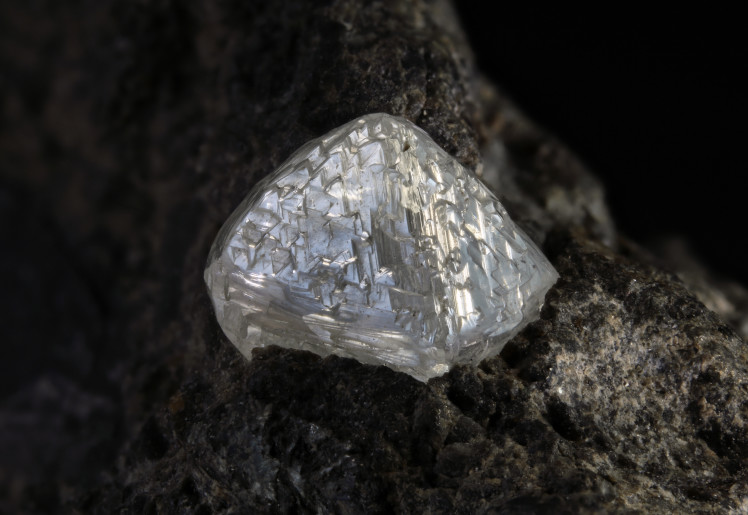If you were born in April, the diamond, opens a new window is your birthstone. What do you know about their history? Their industry? Where they come from? Their position as the most precious of precious stones?
Let’s talk diamonds!
Where do they come from?
India used to be the sole producer of diamonds for the people of India and others, before European (primarily British) colonists and imperialists found them elsewhere. They had to, since, you know, they had pretty much exhausted the mines in India. Jewelry from India was a popular item on the Silk Road trade, and it was popular for both its decadently sculpted precious metals and its stones, which included not only diamonds, but emeralds, sapphires, and other kinds of agate and garnet.
Then, in 1867, somebody picked up a “pretty pebble” in South Africa and it was later determined to be a huge, 21 carat diamond. India was abandoned pretty much for good in regards to diamonds (except to craft jewelry) and the long, grueling history of digging up every square inch of Sub-Saharan Africa and using its inhabitants to do it began. Within only a couple of years, the Diamond Rush had brought countless Europeans into Africa, with South Africa being a central hub for the Boers and the English, and the rest of the continent “up for grabs.”
And then, enter Cecil Rhodes.
Cecil Rhodes, Middle Class and Oxford educated, spent years going into and out of Africa with more and more ideas for capitalizing on the Diamond Rush. In 1880, he established the De Beers Mining Company (yes, that DeBeers), and purchased much of the mining land that would become the colony of Rhodesia, where he then settled after retiring as Prime Minister of the African colonies. Rhodesia, which was not established as the post-colonial independent nation of Zimbabwe until 1980.
Over the next century and a half, there were highs and lows for the people who both ran and worked in the mines. As they had to go further and further into the earth, making it much more dangerous for workers, diamonds became a much more precious commodity, acting as not only symbols of status for wealthy Europeans and their ladies, but for people trading in less-than-legal ways.
And then, of course, there were blood diamonds:
Diamonds acquired either illegally or through dubious methods to use as currency or commerce, mined in a country involved in war or conflict against an established government. The UN has made extensive progress to cull the use of raw uncut diamonds as trade currency for weapons and other means of action.
As we continue to consider diamonds a commodity, with particular thanks to the engagement ring industry, the world as a whole has to consider the harsh toll the process of acquiring diamonds has taken on much of the non-white parts of the world. Much as the quest for gold led to the deaths of millions of indigenous people in the New World, the quest for diamonds led to harsh atrocities and the governmental support of the suppression of an entire continent for their economic gain.
There is a light, though. Diamonds as heirloom are seen in many circles as more attractive and interesting than new diamonds. And while companies continue to mine for the stones and others in Africa and other parts of the world, more regulations for the way the land and the workers are treated, fair compensation and safety regulations, and clean trade agreements are helping to improve the image of the diamond trade.
And of course, there’s another piece coming into the decline in diamond mining and sales: the advent of the synthetic diamond.
Unlike cubic zirconia, lab-grown diamonds consist of the exact same genetic makeup of those found in the wild. They are not fake diamonds; they just weren’t created by the earth’s pressure upon carbon buried underneath the ground. Instead, diamond dust is used to create a whole new diamond. In the future, they will continue to become easier to make, and appear the same quality as mined diamonds. Even with the changes in traditions, as they become less expensive, diamonds will either continue on pace or reemerge with a vengeance in the jewelry market.
Diamonds are indeed forever; they’re never going away. As heirlooms, and as long-term investments, they continue to work as they began. But the ways in which we acquire, trade, and sell them will continue to change as we look at our past and strive for our future.
Links updated 01.15.21




